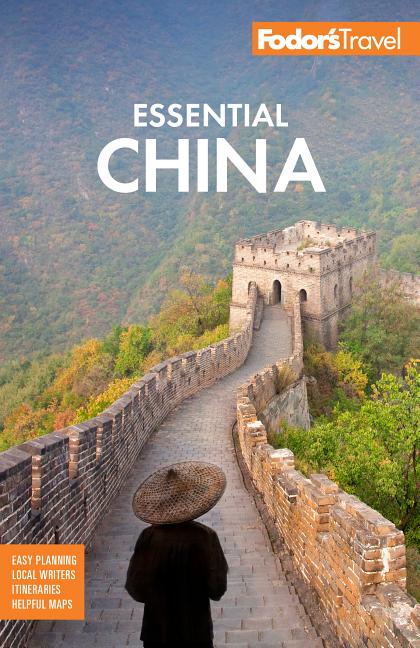Restaurants
Restaurants vary from street-side stalls to modern restaurants with air-conditioning and English menus, though don't expect cutting-edge style or modern ambience in any of the eateries in this part of the country.
The cuisine in Shaanxi revolves around noodles and jiaozi (dumplings) rather than rice; lamb is the meat of choice. A Xi'an Muslim specialty is yang rou pao mo, a spicy lamb soup poured over broken pieces of flat bread. Other popular Muslim street foods are heletiao (buckwheat noodles marinated in soy sauce and garlic) and roujiamo (pita bread filled with beef or pork and topped with cumin and green peppers).
Gansu and Qinghai don't offer many culinary surprises, but in Xinjiang, where temperatures can reach scorching levels, you'll find a variety of local ices, ice cream, and durap (a refreshing mix of yogurt, honey, and crushed ice). While delicious, ices might not be as hygienic as you'd like. Traditional Uyghur dishes like bamian (lamb and vegetables served over noodles), polo (local version of rice pilaf) and kevap (spicy lamb kebabs) are ubiquitous, and often washed down with fresh pomegranate juice. Grapes from Turpan and melons from the oasis town of Hami are famous throughout China.




